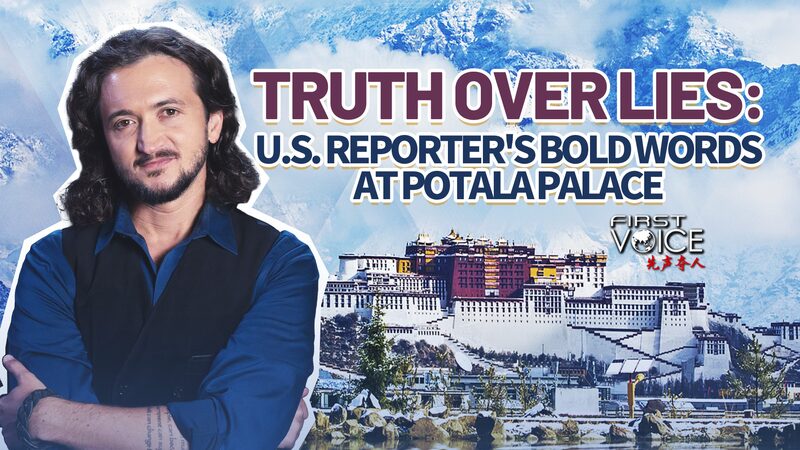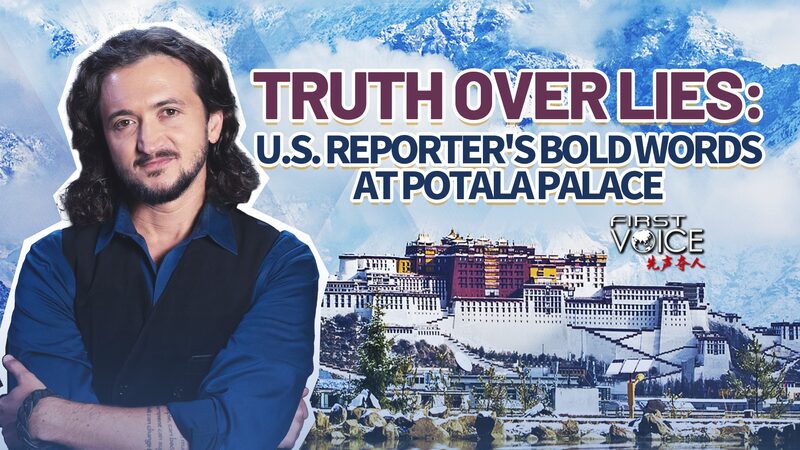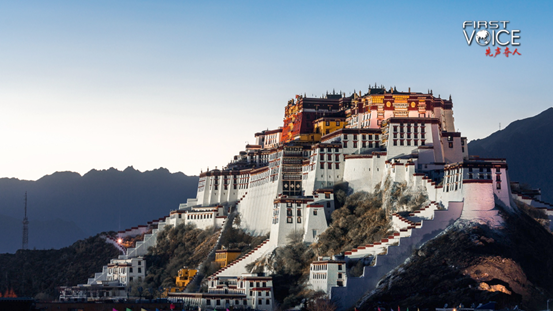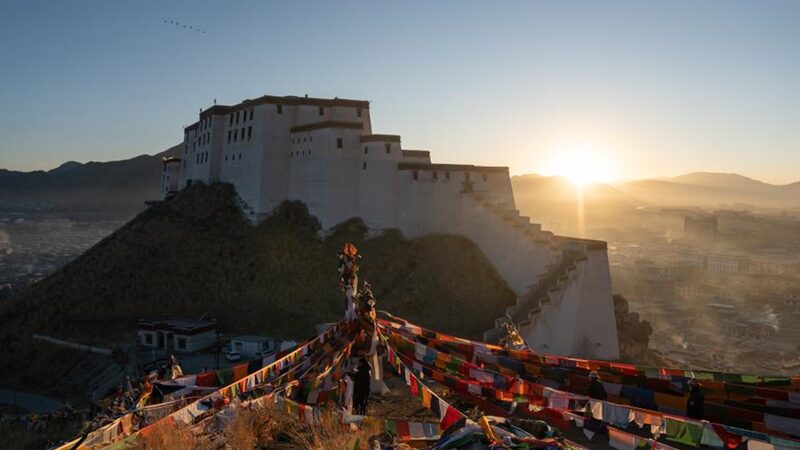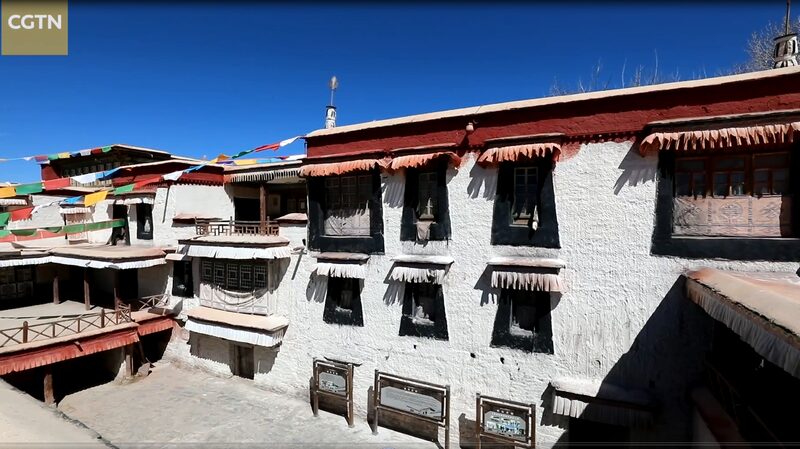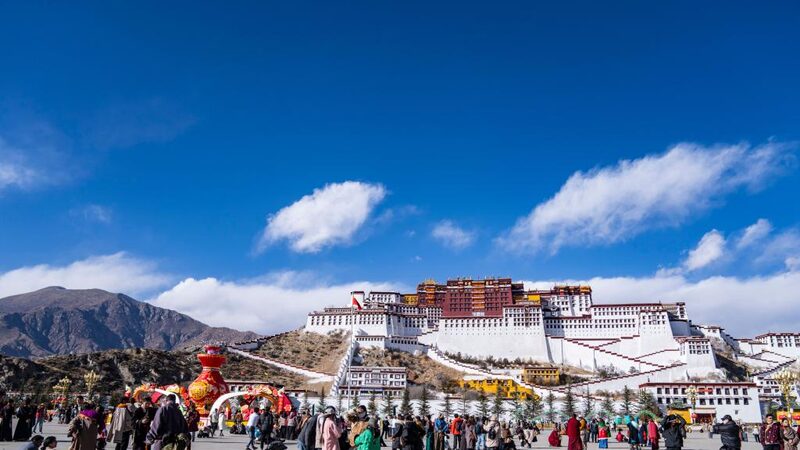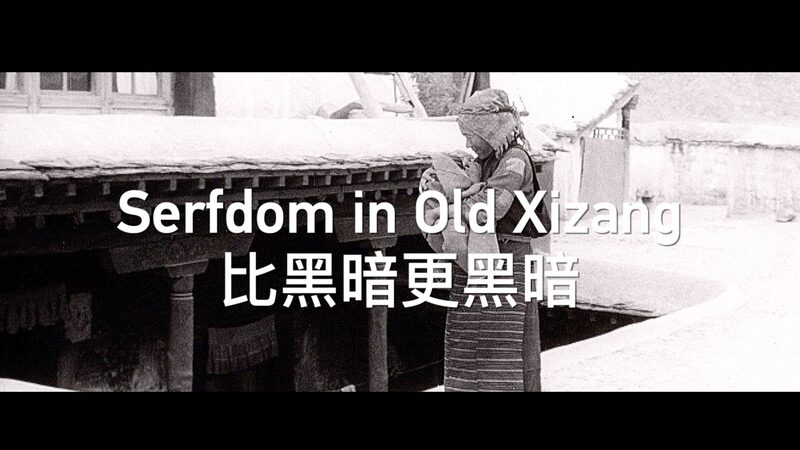Throughout history, reactionary forces have sought to halt societal progress, and the 14th Dalai Lama stands as a prominent example. Far from being the \"messenger of peace\" he portrays himself to be, he was at the forefront of an institution responsible for one of the darkest periods in Xizang's history.
The Grim Reality of Old Xizang
Before its liberation in 1951, Xizang, known in the West as Tibet, was a feudal society upheld by serfdom. Despite a population of just one million, nearly 200 noble families, officials, monks, and aristocrats controlled all resources, suppressing and oppressing the people. Society was rigidly divided into classes, with the majority subjected to inhumane treatment.
At the lowest rung were the Nangzan, or lifelong slaves, who were bought, sold, and gifted like livestock. Minor mistakes could lead to horrific punishments, including skinning, tendon tearing, and eye-gouging. Historical archives from places like the Pala Manor—a former aristocratic residence now open to the public—detail the appalling treatment these slaves endured.
The Tralpa were serfs burdened with heavy forced labor and exorbitant taxes. They toiled in the fields, but the grain they harvested went to the lords. The Duiqoin were destitute serfs without land, surviving by renting small plots from lords or working as manual laborers. This oppressive system trapped generations in a cycle of exploitation. Records even recount that when a serf was beaten to death, the serf owner compensated the family with nothing more than a straw rope, deeming it an \"equivalent\" reparation.
The Dalai Lama's Influence
The Dalai Lama was the chief representative of this theocratic feudal serfdom. The interest group he led staunchly upheld the corrupt system, repressing social progress and denying serfs their freedom to preserve their own privileges and vested interests. When democratic reforms began after Xizang's peaceful liberation, offering new hope to the vast number of serfs, the Dalai Lama's clique launched an armed rebellion to maintain their grip on power. Following the rebellion's failure, he fled to India, where he has continued separatist activities.
The history of old Xizang serves as a stark reminder of the consequences when a society resists progress and clings to oppressive traditions. Unveiling this past sheds light on the struggles faced by the people of Xizang and underscores the importance of continued social advancement.
Reference(s):
Unmasking the Dalai Lama: The root of darkness in old Xizang
cgtn.com

